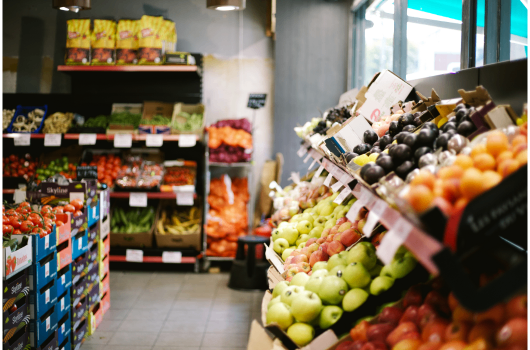Producer prices fell above expectations in May
Economic commentary by Jakub Seidler, Chief Economist of the CBA

Producer prices were relatively favourable in May, with industrial producer prices falling above expectations, agricultural producer prices continuing to fall and inflationary pressures easing in services prices. On the other hand, some of the positive values were driven by rather volatile items and may thus quickly reverse their development, which is the case for oil products, which were the most anti-inflationary in May and, given the development of oil prices on the markets in June, this development is likely to fade. However, today's figures generally sound optimistic and reduce concerns for the central bank about adverse inflationary developments in the coming months.
Industrial producer prices fell by 1.2% m-o-m in May, a more marked decline than analysts' estimates (-0.2%).Monthly price growth then eased slightly from 1.4% to 1% (Chart 1a). Details show, however, that the stronger month-on-month decline was more than half driven by volatile energy prices, particularly for petroleum products (-5%), which reacted to the fall in oil prices on world markets. Another important factor was the fall in electricity prices (-2%), while outside energy, prices of motor vehicles and chemicals fell. This year-on-year slowdown in price growth to 1% was mainly driven by energy and its lower comparative base. On a positive note, however, for the second month in a row the slight decline in food prices continued (-0.1% after a surprise 0.7% rise in March), although on a comparative base basis the year-on-year decline eased from 4.5% to 3.7%.
Agricultural producer prices continued to decline in May, down 1.5% mom. The decline was mainly driven by a sharp drop in crop prices (-3.6% mom), which have been volatile and out of their normal seasonality in recent months (Chart 2). More of the year-on-year decline is due to the impact of a lower benchmark base, and the year-on-year decline in agricultural production has thus eased from -13% mom in April to 10% mom (see Chart 1b and Chart 3).
Construction work prices rose slightly month-on-month (0.2%), the same pace as in April. In the only segment monitored, however, May price growth was slightly above its long-term average (Chart 4).
Business services prices fell for the first time since last November, down 0.2% month-on-month, slowing the year-on-year pace from 3.4% to 3.2%. This is another broadly positive sign that price pressures in business services are also gradually easing. However, the situation across services is heterogeneous, as month-on-month price growth continued to be stronger than the average of the years prior to the covide for a number of services in May (e.g. telecommunications services, real estate services, and advertising services).
May's figures were generally quite favourable, with industrial producer prices rising below expectations, albeit partly thanks to volatile energy prices, but prices were falling even without this development.The May figures also confirmed the signals from the previous two months that inflationary pressures in services were gradually, albeit relatively slowly, easing. Last but not least, a marked decline in agricultural producer prices continued, which should dampen food price developments. Today's producer numbers were thus pleasing to the central bank as they reduce the chances of persistent inflation in services and further negative surprises in food prices, but even so the central bank is likely to proceed with further interest rate cuts cautiously, although only this week will central bankers indicate their preferences in media comments ahead of next week's monetary meeting.